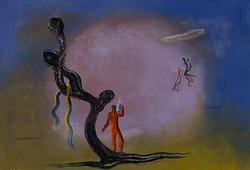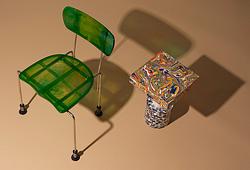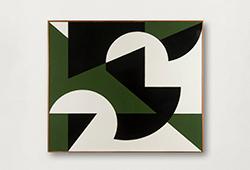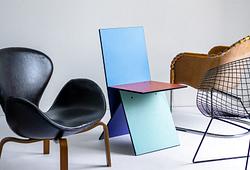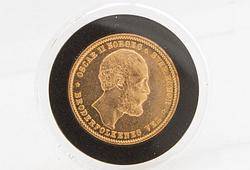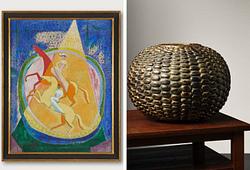Empire
SKÅP, med rullklaff. Empire, 1800-talets första hälft.
Tvådelat. Nedtill lådor, rullklaff med bakomliggande inredning med antikiserande intarsiadekor och utdragbar skiva. Övre del med fack och dörr, flankerade av välvda dörrar med bakomliggande hylla. Längd ca 130, djup ca 60, höjd ca 217 cm. Nyckel finns.
Fanérskador, lösa delar, delar saknas, delar utbytta, övre fack låst/kärvar/nyckel passar ej. Keys included.
Designer
The Empire style lasted roughly between 1810 and 1840 and is primarily considered an interior design style. The style is characterised splendor and pomp and is sometime known as imperial. The French empire is often associated with Napoleon Bonaparte of France who was highly interested in ancient Rome and its attributes. Egyptian elements with sphinxes, palmettes, eagles, griffins, and masks were common as decorative elements. The most common wood was mahogny and burnished gilding was popular. Chiffonier were popular furniture items during the empire and seated durnitres were dressed in light, bright colours. The 1830-40s is known as the Late Empire and was more bourgeois. In Germany and Austria, the style was known as biedermeier and was identified by furniture with softer lined made out of birch. The Empire style came to Sweden with Jean Baptiste Bernadotte (King Karl XIV Johan) afterwhich was known as "Karl Johan". The Swedish style was lighter and less majestic.
Read more



